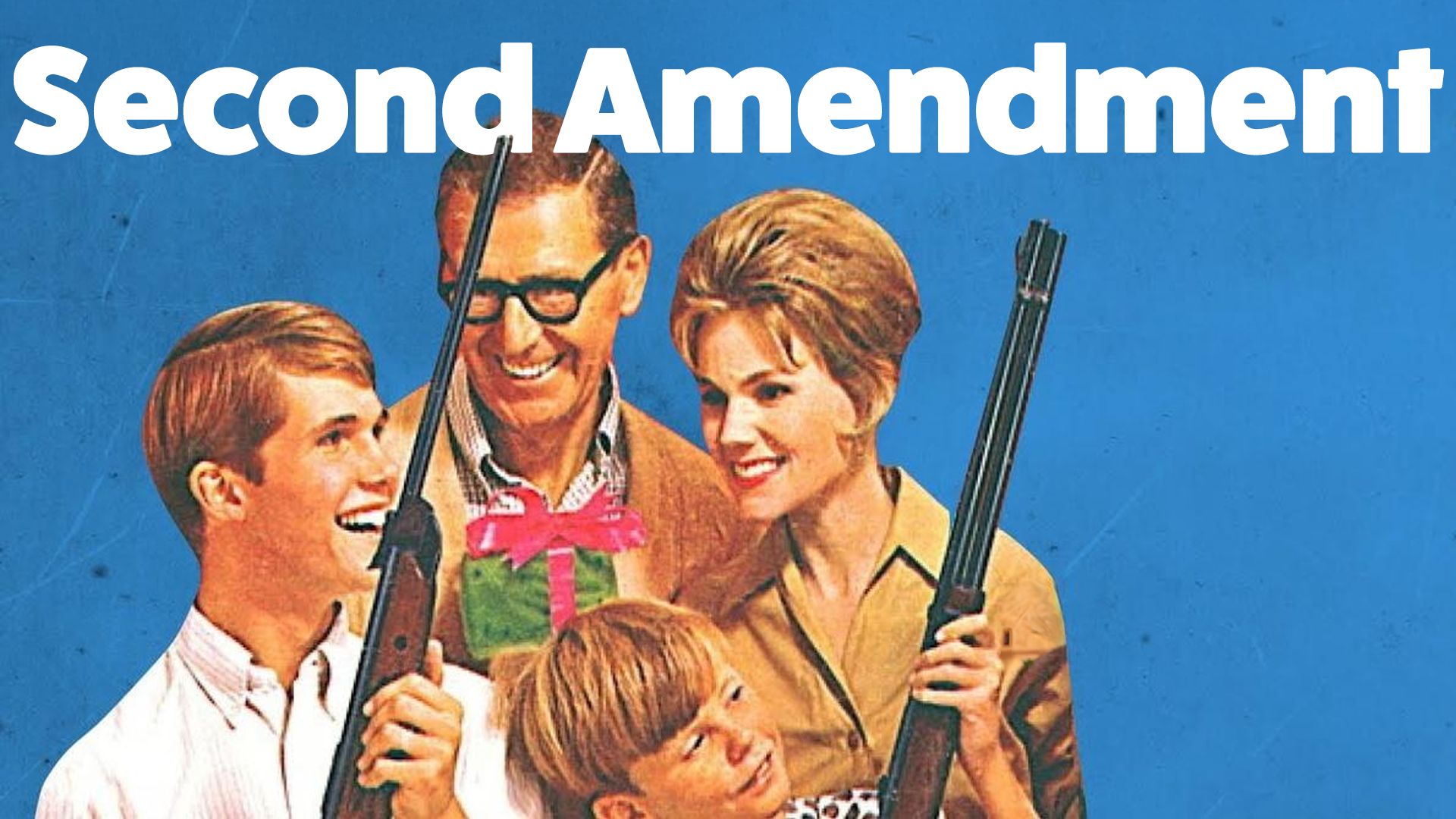The Second Amendment: Rights, Regulation, and Modern Debate

The Second Amendment guaranteed that 'the right of the people to keep and bear Arms, shall not be infringed.'
The Dive
The story of the Second Amendment begins in 1791, when the United States was a fragile new republic. Fresh from a revolution against the British Crown, many Americans distrusted the idea of a permanent army. They worried soldiers could be used to oppress the people, as had happened in English history. Instead, they relied on militias made up of ordinary citizens—neighbors with their own muskets—who could be called upon in an emergency. The Second Amendment captured this tension, promising that 'a well regulated Militia, being necessary to the security of a free State, the right of the people to keep and bear Arms, shall not be infringed.'
At the nation’s founding, gun ownership and militia service went hand in hand. Ordinary citizens were expected to provide their own firearms if the militia was summoned, so keeping weapons at home was a civic duty as much as personal choice. But as the United States built a standing army and the old militias declined, the purpose of civilian weapons changed. By the modern era, the focus of the Second Amendment had moved from collective defense toward individual rights.
The Supreme Court largely stayed silent on the Second Amendment for almost two centuries. That changed in 2008 with 'District of Columbia v. Heller'. In a narrow 5–4 ruling, the Court declared that the Second Amendment protects an individual right to own firearms for lawful purposes, like self-defense in the home. Two years later, in 'McDonald v. Chicago', the Court applied that same logic to the states, making the individual right national. These decisions transformed the amendment from a dusty historical artifact into a defining feature of modern American life.
In 2022, the Court went further in 'New York State Rifle & Pistol Association v. Bruen'. It struck down a New York law restricting public carry of handguns, requiring that modern gun rules align with 'the Nation’s historical tradition.' This history-first test made it harder for lawmakers to craft new regulations, but the Court still left space for licensing systems and other guardrails. Then, in 2024, the Court decided 'United States v. Rahimi', upholding laws that disarm people under domestic violence restraining orders. Together, these cases show a theme: the Second Amendment protects rights, but courts recognize that safety rules are not heresy—they’re part of the balance.
That balance matters because the human cost is staggering. In 2023, nearly 47,000 Americans died from gun injuries. Over half were suicides, more than a third were homicides, and thousands were children and teens. Since 2020, firearms have been the leading cause of death for young people in America. Internationally, our gun-death rate towers above peer nations like Canada and Germany. While mass shootings draw headlines, most tragedies unfold quietly—suicides, domestic violence, and neighborhood conflicts. The scale of harm forces us to ask what the Second Amendment should mean in practice.
History shows that Americans have always regulated guns. The Founding era saw militia rolls, weapons registration, and bans on possession by certain groups. Later came the National Firearms Act of 1934, the Brady Act of 1993, and background checks. Today, common-sense measures like safe storage, brief waiting periods, and Extreme-Risk Protection Orders echo that same tradition: matching rights with responsibilities. Just as we regulate cars, food, and medicine for public safety, firearms—uniquely lethal—require care.
The Second Amendment’s story is not frozen in 1791. It is living history, interpreted in courtrooms, legislatures, and households across the nation. It carries the weight of liberty and the burden of violence. Understanding it means grappling with the ideals of freedom and security while asking whether we can build a culture where the right to bear arms coexists with the right of children to come home for dinner.
Why It Matters
The Second Amendment debate is about more than guns, it’s about how Americans balance freedom, security, and responsibility. Understanding its history and legal battles helps students see how constitutional rights are interpreted over time and why the struggle over gun laws remains one of the most divisive issues in U.S. society.
?
Why did the Founders tie the Second Amendment to militias, and how did this reflect their fears of standing armies?
How did the decline of the traditional militia system affect interpretations of the right to bear arms?
What was the significance of the Supreme Court’s decision in District of Columbia v. Heller?
How does the Court’s ruling in Bruen change the way modern gun laws are judged?
Why do gun rights debates in the U.S. look so different compared to other countries with strict gun laws?
Dig Deeper
What ever happened to the 'well-regulated militia?' This episode explores how courts and politics shaped today’s focus on individual gun ownership.
A deep dive into the modern gun control debate, tracing how constitutional law and political culture combined to fuel America’s gun divide.
Related

The First Amendment: America’s Blueprint for Freedom
The First Amendment protects freedoms of speech, religion, press, assembly, and petition. It’s the foundation of American democracy—but also a source of constant debate and interpretation.

The Bill of Rights: What Is It—and What Does It Actually Do?
The Bill of Rights wasn’t added to the Constitution because everything was going great, it was added because the people didn’t trust the government. And they had every reason not to.

Building a New Nation: Foundations of State and National Government
From the shaky Articles of Confederation to the Constitution and Bill of Rights, discover how America’s founders navigated the turbulent waters of self-government—and why North Carolina took its time joining the party.
Further Reading
Stay curious!
